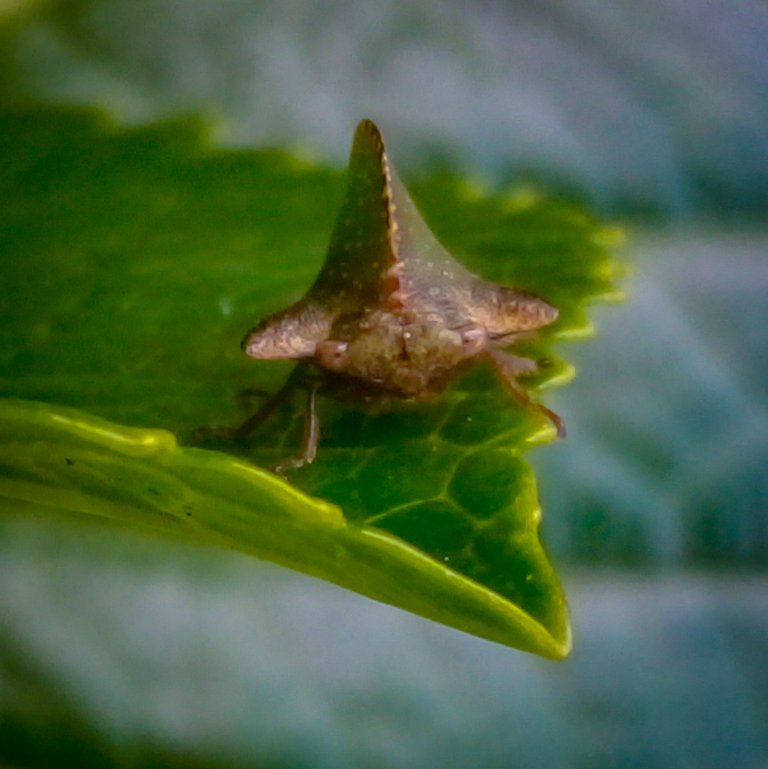

Greetings friends and insect observers of this community. I share with you a session of a very small insect that I found perched on a leaf.
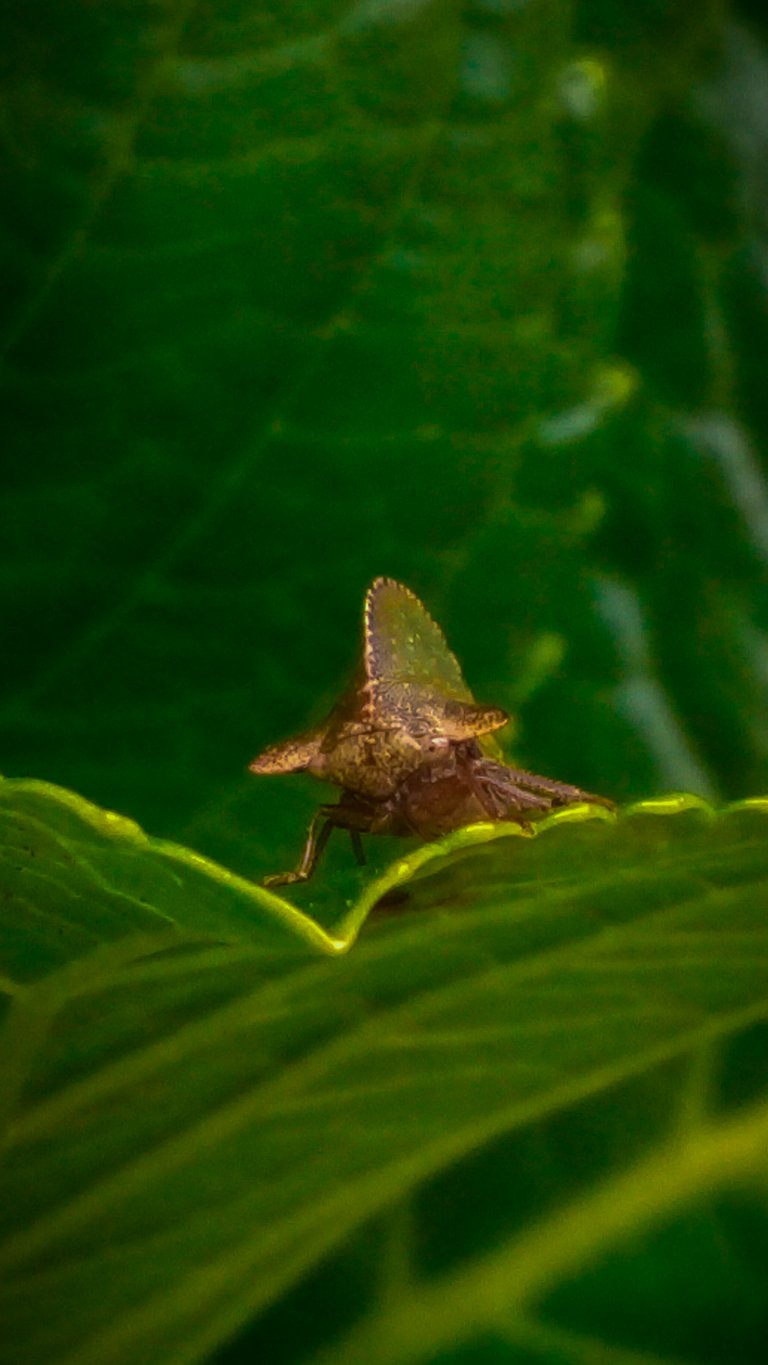 |
|---|
| Reviewing the Google Lens photographs, a specific result did not appear, but I place it in the Membracidae family, of the Hemiptera order. This group of insects, commonly known as "membracidae" are characterized by their particular and distinctive shapes that help them camouflage and thus protect themselves from possible predators. |

The model
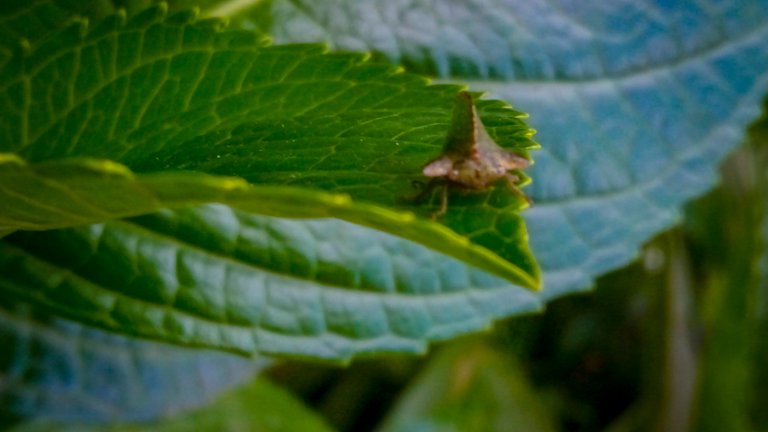 |
|---|
| I found an image that gives them the name Antianthe expansa sometimes they are called "little bulls" because of the little horns they have on both sides of their heads. The bibliography reviewed mentions that they are a group of insects that this order of insects is widely spread in South America. In addition to other tropical and subtropical regions. |

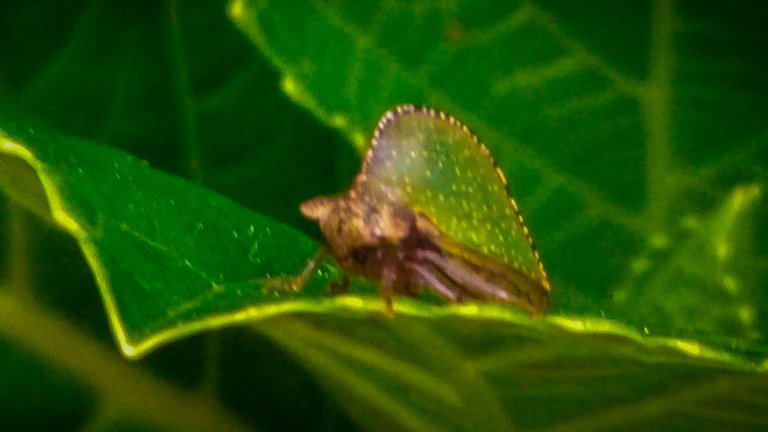 |
|---|
| Although they are very beautiful, they are insects that can become pests if there are many, as they gather in colonies and large groups. Since its way of feeding is by piercing the stems and sucking their sap, this can influence the health of plant species. |

Photoshoot
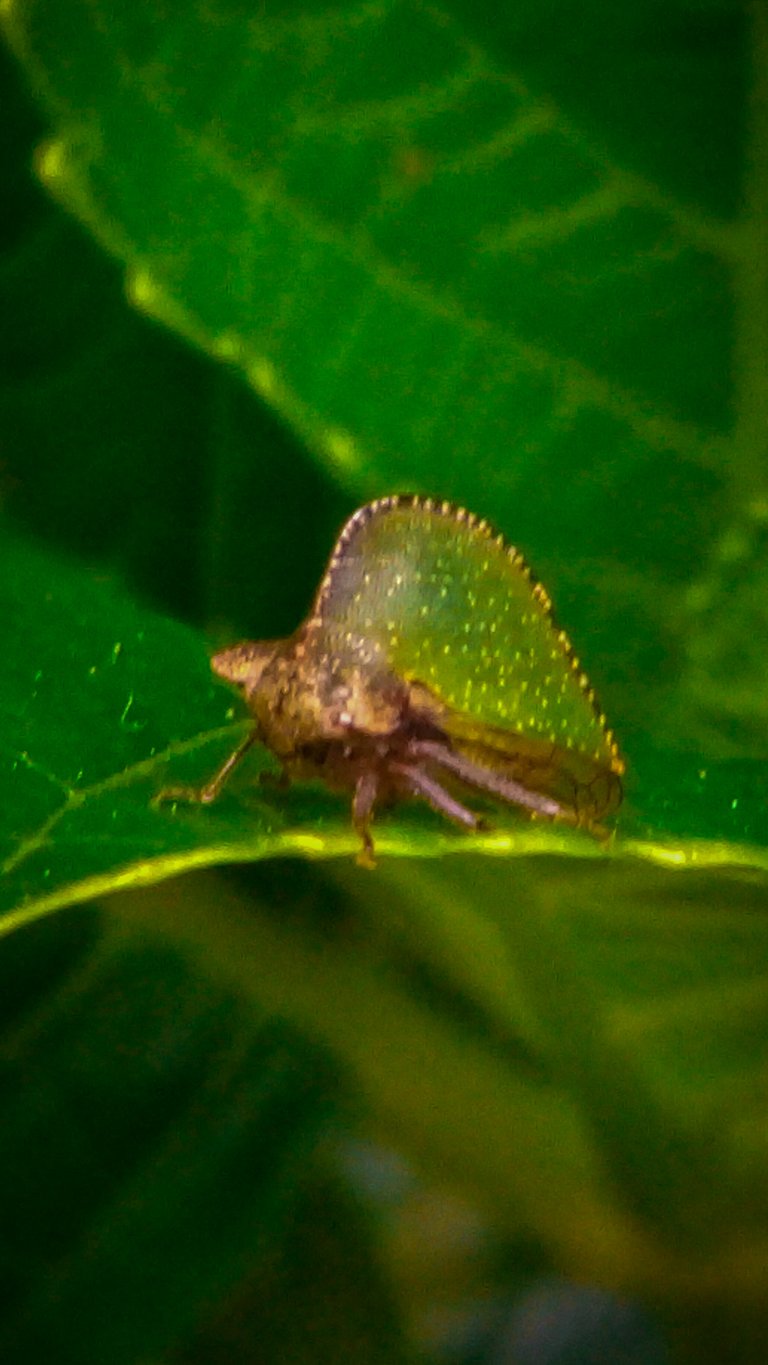 |
|---|
| I hope that observers from Colombia.inaturalist.org confirm whether it is the species, Antianthe expansa. For now, admire its peculiar morphology and behavior, and can investigate more about it. |

Info:
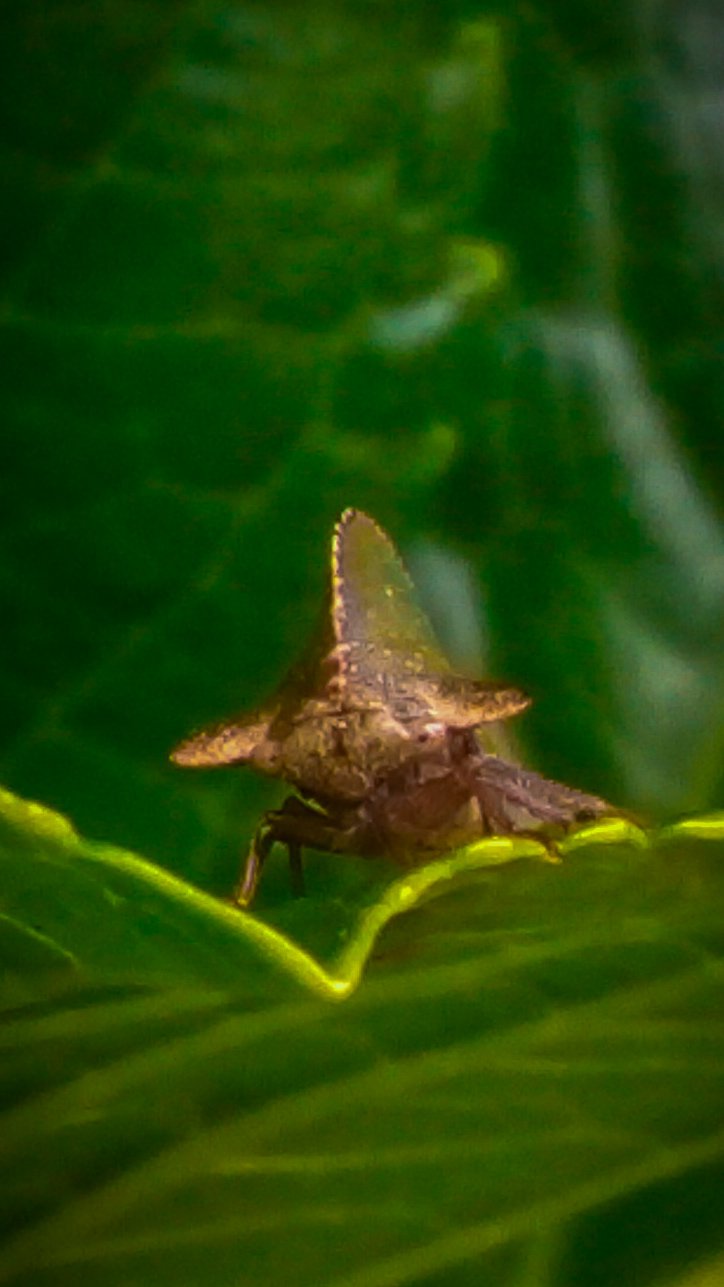 |
|---|
| Equipment: | Umidigi Cell Phone A7S Camera |
| Mode: | Macro Mode + Zoom + physical zoom. |
| Author: | @joslud |
| Captures: | outside - garden |
| Edition: | Lightroom |
| Date: | Tue Dec /31/ 2024 |

Capture details:
| Latin name | Anthiante expansa |
|---|---|
| Observation date | Dec 31 2024 · 10:18 -04:00 |
| Location | Lat/Lon: 9.13784, -70.70078 |
| Community | Colombia.inaturalist.org |
| Author | joslud |
| Link | https://colombia.inaturalist.org/observations/258035700 |
 |
|---|
See you soon


Fuentes
Las imágenes son de mi propiedad, captadas con un celular UMIDIGI. Cámara A7S.
familia Membracidae in Wikipedia.
Membracidos latinoamericanos in Laderasur.com
My User on NaturalistaCO

 Original production by @joslud |
This is the most unique insect I have ever seen.